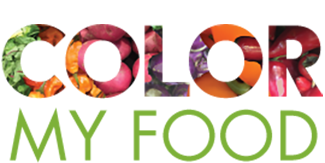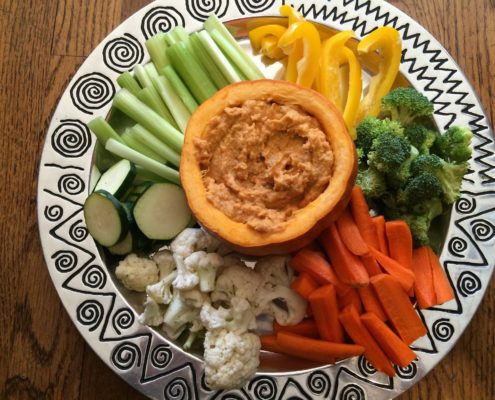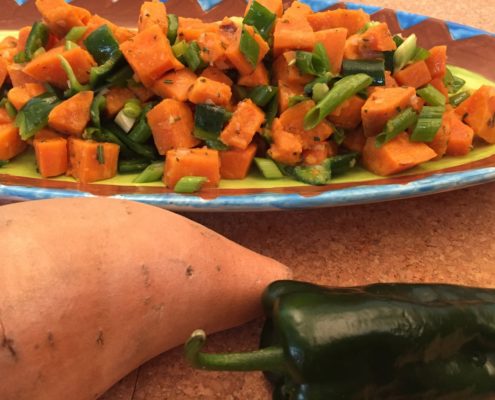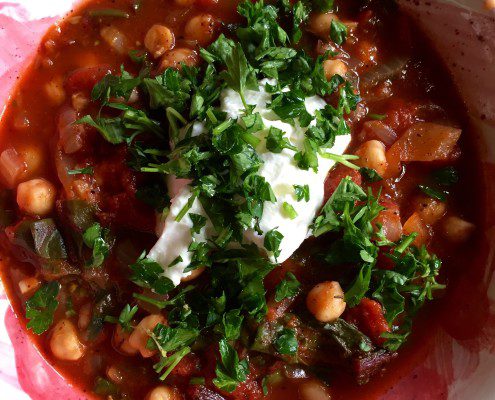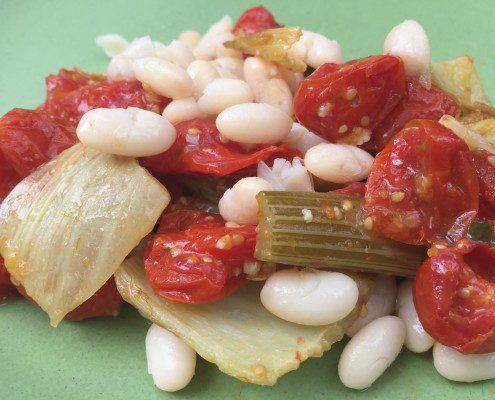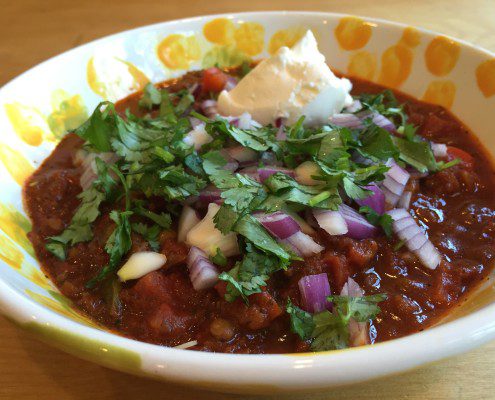[su_expanding_quote_book alignment=”right” source_author=”Steven Pratt, M.D., and Kathy Matthews” source_title=”SuperFoods Rx: Fourteen Foods that Will Change your Life” affiliate_link=”http://amzn.to/tocome” full_quote=”Beans are a virtual wonder food. A delicious source of vitamin-rich, low-fat, inexpensive protein. Beans deserve a place at the table for those reasons alone. But the full power of beans to lower cholesterol; combat heart disease; stabilize blood sugar; reduce obesity; relieve constipation, hypertension, type II diabetes; and lessen the risk for cancer make this ancient food an extraordinary and important addition to any diet.” short_quote=”Beans are a virtual wonder food. A delicious source of vitamin-rich, low-fat, inexpensive protein…an extraordinary and important addition to any diet.”]
Beans are exceptionally versatile. They can become a complete meal with grains or pasta or part of a meal—in soups, salads, spreads, casseroles, dips, or wraps.
Beans are a storehouse of nutrition:
- Rich in many minerals including magnesium, potassium, iron, calcium, phosphorus and zinc
- A good source of B vitamins
- An excellent source of phytonutrients that help protect cells from oxidative damage
- One of the best food sources of dietary fiber which lowers cholesterol and helps decrease the risk of type 2 diabetes (it helps normalize blood glucose and insulin responses)
Tips on buying canned beans
- Check ingredient label to ensure it contains only beans, water and low amounts of sodium or preferably no added salt.
- Avoid brands that contain high-fructose corn syrup and other forms of sugar
I started buying dried beans to soak and cook when I saw the number of cans going into our recycling bin. Clearly it takes longer, but with planning, it becomes part of my kitchen routine. Whatever is not used for a particular meal, I place in mason jars, label and freeze. It’s also more economical to use dried beans.
[su_expanding_quote_book alignment=”left” source_author=”Margaret Wittenberg” source_title=”The Essential Good Food Guide” affiliate_link=”http://amzn.to/tocome” full_quote=”Each bean is unique in its nutrients, color, and amount of dietary fiber. It’s best to eat a wide variety of beans to maximize the benefits that promote optimal health… Collectively, all of the nutrients and fiber in beans have been found to work together to help reduce the risk of heart disease, certain cancers and obesity. Health benefits include improved bowel function, balanced blood glucose and insulin responses, increased satiety, and increased absorption of micronutrients.” short_quote=”Each bean is unique in its nutrients, color, and amount of dietary fiber”]
Beans are easy to digest as long as they’re first presoaked for several hours and then cooked long enough to break down their complex sugar and starches—the compounds that cause flatulence.
Don’t add salt, or anything else, until the end of cooking. Salting will slow the rate at which they absorb water, prolonging the cooking time until they become tender. Sugar added before cooking reinforces cell walls and slows down the process of softening the starch. Acidic ingredients (vinegar, lemon juice) won’t allow the starches to swell and soften.
For more on cooking beans, visit The Bean Institute.
